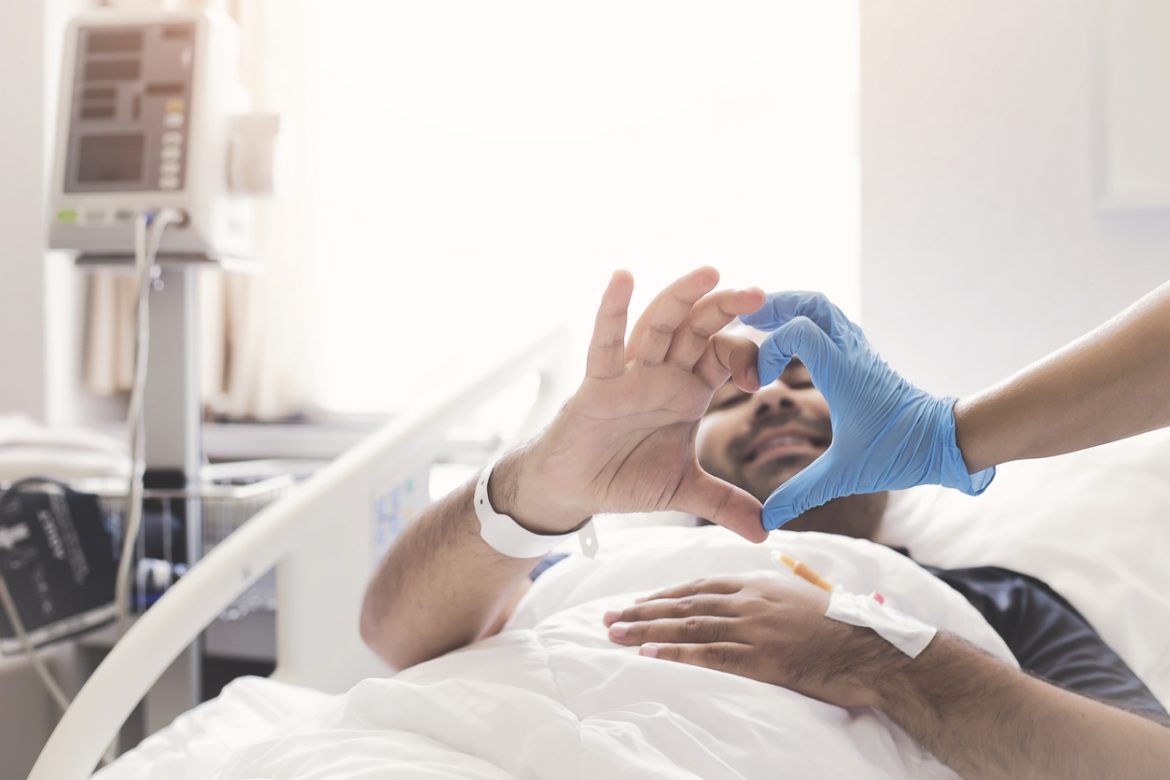There is no getting around documentation. It is indispensable to patient care.
During a treatment period, the patient may have several different doctors and nurses. How could the care staff keep track of the patient’s condition and the procedures performed without exchanging information? The answer, of course, is that they couldn’t. Documentation is a prerequisite for safe, high-quality care.
According to an article in Sairaanhoitajalehti [1], a magazine published by the Finnish Nurses’ Association, point-of-care documentation still has some shortcomings, however.
Not documented means it’s not done
The reason why all information related to patient care might not be documented, is related to the workload of the documentation and the time it takes. One study [2] shows that documentation consumes no less than 31% of a nurse’s working time. According to the same study, only 21% of the working time is left for interaction with the patient. There is no good reason for skipping the documentation, however. Each documentation entry is important.
Research [3] has shown that sub-standard documentation leads to prolonged hospital stays and even increased mortality among patients. There will be consequences when communication among healthcare professionals breaks down.
Failing to document not only undermines patient care, but also makes nurses more vulnerable to legal claims.
An example of absent documentation
A morning shift nurse measures the blood pressure, the temperature and the oxygen saturation of a patient during the medication administration round. The values are slightly outside the normal reference values, but since the patient appears to be doing well, the nurse is not concerned. The nurse is called to provide some urgent care and forgets to document the measured values.
Later, the evening shift nurse checks the patient’s data and does not find any mention of the patient’s differing values. This nurse administrates the patient’s evening medication and moves on to see another patient. The night shift nurse does likewise, deeming the patient’s condition normal since the patient appears to be doing OK and the patient data indicates no differing values.
Is the patient’s condition deteriorating? No one knows, because no one notices that the measurement values have changed considerably after the morning round.
On behalf of better care
Documentation enables better care both now and in the future.
- Now – the people caring for the patient have up-to-date information on the patient’s condition.
- In the future – documentation will bring content to clinical decision support systems, whereby patients in a similar situation can receive better care.
References:
[1] Sairaanhoitajalehti (03/2019). Kirjaamisessa yhä puutteita. <https://shlehti.sairaanhoitajat.fi/share/13671/276a72> 28 Feb. 2019.
[2] Ascom & Wilke (2015). How do nurses spend their time? An analysis of tasks and time use.
[3] Mathloudakis A., Rousalovia I., Gagnat A.A., Saad N. & Hardavela G. (2016). How to keep good clinical records. Breathe 12(10), 371–375.
